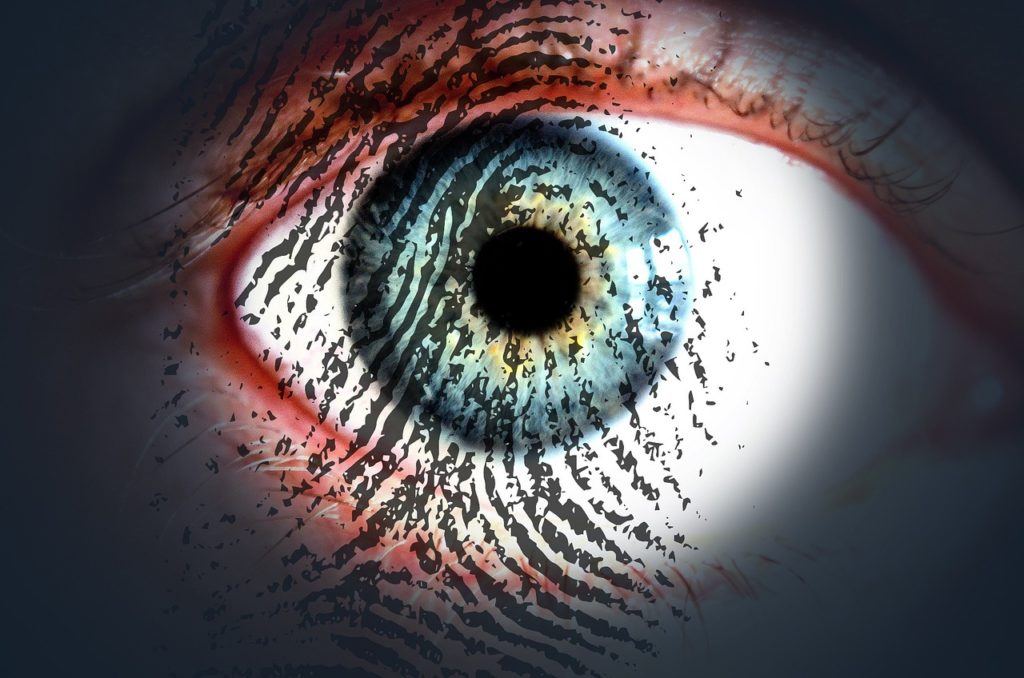# #
A new study led by UCL researchers confirms that autistic people experience a reduced life expectancy, however the number of years of life lost may not be as high as previously claimed.

The research, published in The Lancet Regional Health – Europe, is the first to estimate the life expectancy and years of life lost by autistic people living in the UK.
# #
The team used anonymised data from GP practices throughout the UK to study people who received an autism diagnosis between 1989 to 2019. They studied 17,130 people diagnosed as autistic without a learning disability and 6,450 participants diagnosed as autistic with a learning disability. They then compared these groups with people of the same age and sex, who had not been diagnosed as autistic.
The researchers found that autistic men without a learning disability had an average estimated life expectancy of 74.6 years, and autistic women without a learning disability, around 76.8 years.
# #
Meanwhile, the estimated life expectancy for people diagnosed with autism and learning disability was around 71.7 years for men and 69.6 years for women.
These figures compare to the usual life expectancy of around 80 years for men and around 83 years for women living in the UK.
The findings provide the first evidence that diagnosed autistic people were more likely to die prematurely in the UK across the time period studied, indicating an urgent need to address inequalities that disproportionately affect autistic people.
However, the new estimates also suggest that the widely reported statistic that autistic people live 16 years less on average* is likely to be incorrect.
Lead investigator of the study, Professor Josh Stott (UCL Psychology & Language Sciences), said: “Autism itself does not, to our knowledge, directly reduce life expectancy, but we know that autistic people experience health inequalities, meaning that they often don’t get the support and help that they need when they need it. We wanted to explore whether this impacted the average life expectancy for diagnosed autistic people living in the UK.
“Our findings show that some autistic people were dying prematurely, which impacted the overall life expectancy. However, we know that when they have the right support, many autistic people live long, healthy and happy lives. Although our findings show important inequalities, we were concerned about frightening statistics that are often quoted, and it is important to provide more realistic information.
“We do need to find out why some autistic people are dying prematurely so that we can identify ways to prevent this from happening.”
Autistic people have differences in their social communication and social interaction, alongside restricted and repetitive patterns of behaviours, interests and activities.
Many autistic people require adjustments to be made to ensure equal access to healthcare, employment, and local authority support.
Some autistic people also have learning disabilities, and can find it hard to explain to others when they are experiencing pain or discomfort. This can mean that health problems go undetected.
There are numerous reports of social exclusion, difficulties accessing support, and inappropriate care being given, as described in Baroness Hollins’ report that was published earlier in November**.
Joint-lead author, Dr Elizabeth O’Nions (UCL Psychology & Language Sciences), said: “Autistic people are rightly and increasingly pushing for recognition that autism reflects natural and expected variation in how brains function, and that society must make space for all.
“This means that services must be inclusive and accommodating of those who have particular support needs by adapting how they operate.
“We believe that the findings of this study reflect inequalities that disproportionately affect autistic people.”
The researchers have previously published a study, which found that the true number of autistic people in England may be more than double the number often cited in national health policy documents***.
Consequently, they acknowledge that the new research may over-estimate the reduction in life expectancy experienced by autistic people on average.
Professor Stott said: “Very few autistic adults have been diagnosed, meaning that this study only focuses on a fraction of the total autistic population.
“Those who are diagnosed may be those with greater support needs and more co-occurring health conditions than autistic people on average.
“We think this is particularly the case for women diagnosed with autism and learning disability – the larger reduction in life expectancy may reflect a disproportionate underdiagnosis of autism and/or learning disability in women.
“It’s likely that not all autistic people experience a reduced life expectancy – indeed, some autistic people may be better at sticking to healthy routines than average, potentially increasing their life expectancy.”
Dr Judith Brown, Head of Evidence and Research at the National Autistic Society, said: “This is very important research led by University College London and we are grateful to have been able to contribute.
“While the results of this study suggest a smaller difference than previously understood between the life expectancy of autistic and non-autistic people, they are still significant. These findings demonstrate that autistic people continue to face unacceptable inequalities through a lack of understanding, barriers to vital services and inadequate care, which lead to poorer mental and physical health outcomes.
“Without investment, improved understanding, inclusion and the correct level of support and care, autistic people will continue to see reduced life expectancy, with the most at-risk group in this study being autistic women with learning disabilities. This research should be a wake-up call for Government, the NHS, healthcare professionals and society as a whole that we must tackle the health inequality autistic people face.”
The research was funded by the Dunhill Medical Trust, Medical Research Council, National Institute for Health and Care Research, and the Royal College of Psychiatrists.
Links
- Research in The Lancet Regional Health – Europe
- Professor Joshua Stott’s academic profile
- Elizabeth O’Nion’s academic profile
- UCL Psychology & Language Sciences
- UCL Brain Sciences
Image
- Credit: NADOFOTOS on iStock

